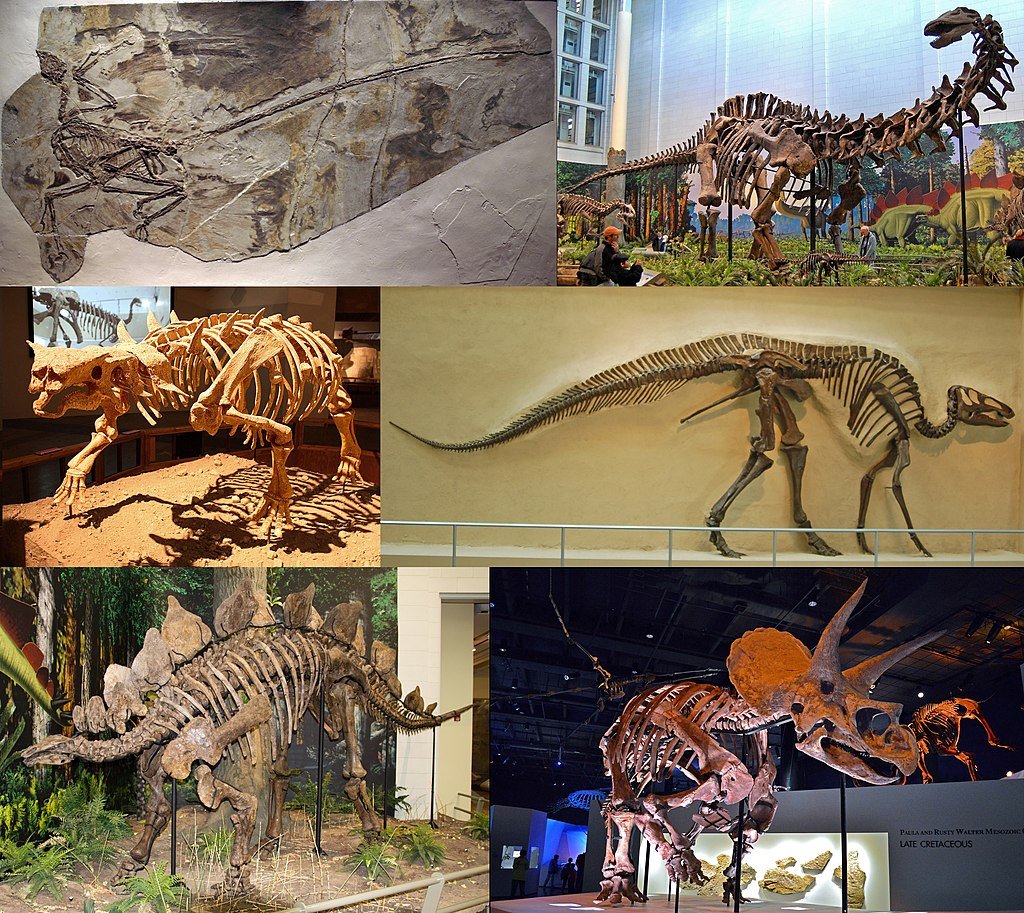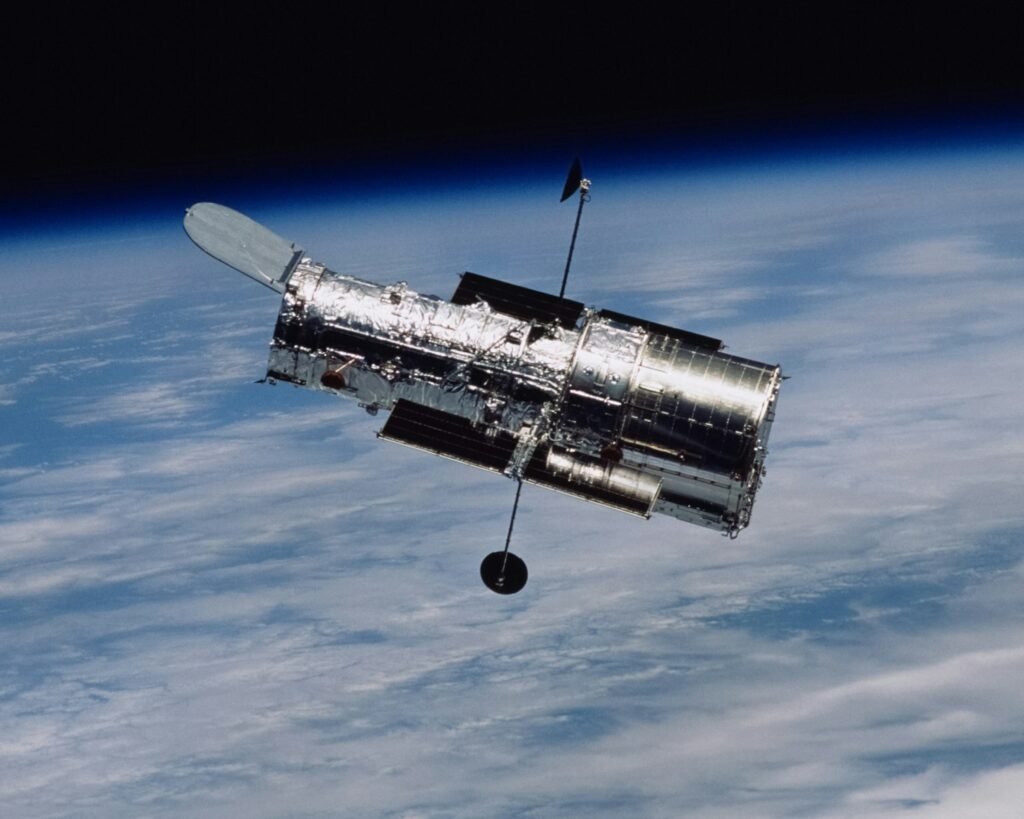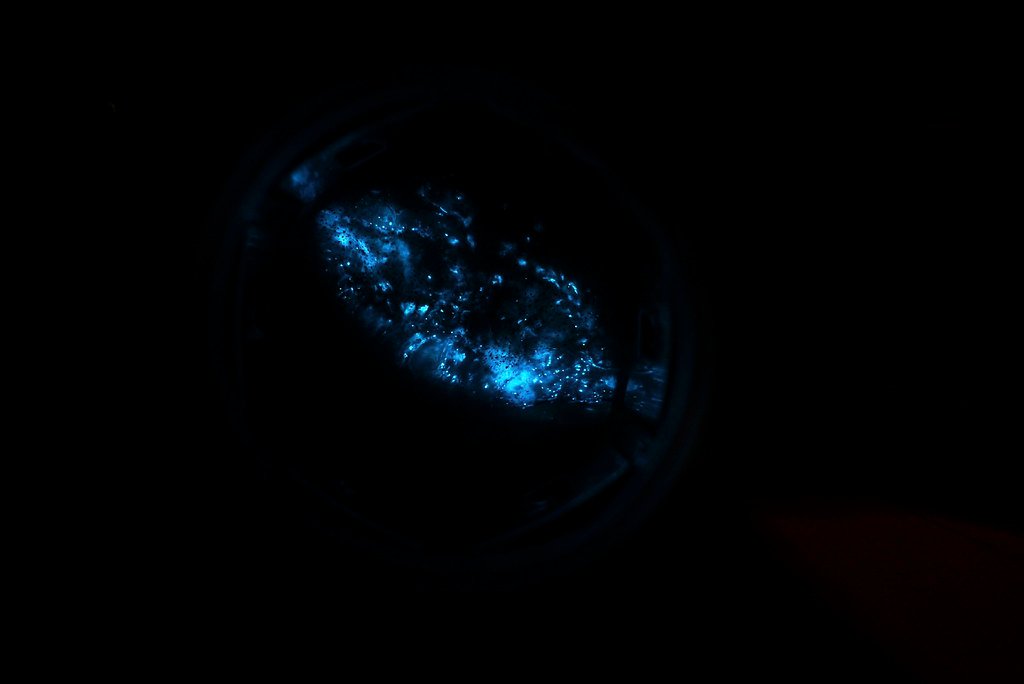Dinosaur fossils have captivated our minds for decades by providing windows into a lost world of tall predators and gentle giants. But suppose these old bones contain more than just paleontological marvels? Imagine if they could open medical discoveries in our cancer fight. Published in Biology, a groundbreaking study reveals that dinosaur fossils especially their preserved soft tissues may have molecular secrets to grasp the evolutionary origins of cancer and even inspire fresh human treatments.
Using modern paleoproteomics and scanning electron microscopy (SEM), researchers from Anglia Ruskin University (ARU) and Imperial College London have found red blood cell-like structures in a 70-million-year-old duck-billed dinosaur fossil. Their results imply that, despite their great mass and lifetime, soft tissues long thought to be fast decaying may survive far more often than expected and contain hints on how dinosaurs avoided cancer.
The Unexpected Preservation of Dinosaur “Blood”
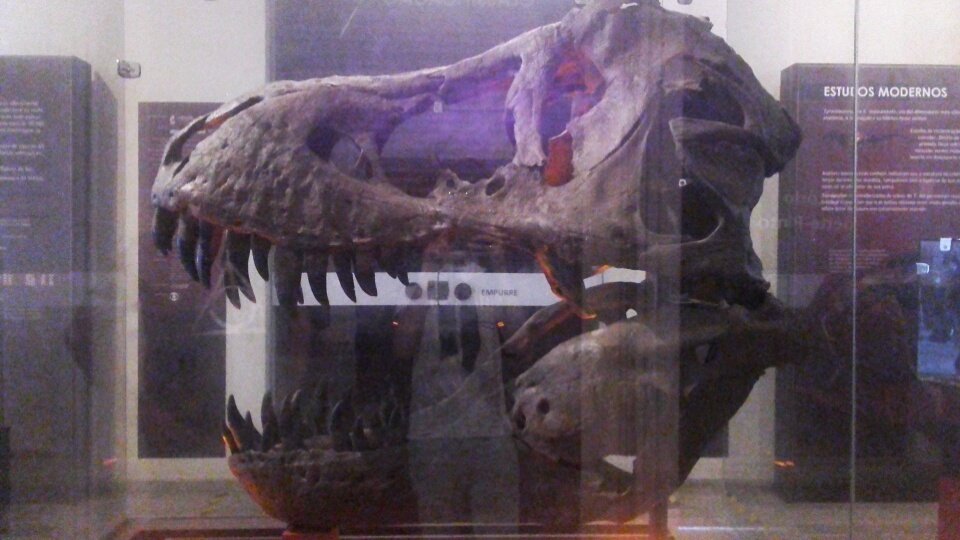
When we think of fossils, we picture hardened bones and mineralized imprints. But in 2005, paleontologist Mary Schweitzer shocked the scientific world by discovering flexible, still-soft blood vessels inside a Tyrannosaurus rex femur 9. Now, history is repeating itself.
The latest study focused on Telmatosaurus transsylvanicus, a plant-eating dinosaur from Romania. Using SEM, researchers identified structures eerily similar to red blood cells (erythrocytes) embedded in fossilized bone. These weren’t just mineralized ghosts, they retained low-density organic material, hinting at preserved proteins.
Why does this matter?
- Proteins degrade slower than DNA, lasting millions of years under the right conditions.
- These molecules could reveal how dinosaurs’ bodies functioned including how they may have suppressed tumors.
Cancer in Dinosaurs: An Ancient Scourge
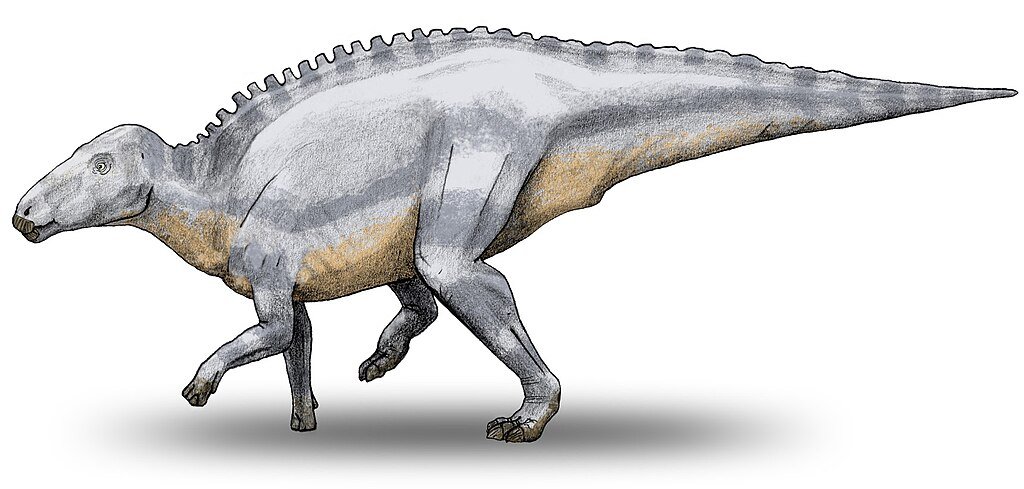
Cancer isn’t just a modern affliction. Evidence of tumors has been found in dinosaur fossils for years, from benign growths to aggressive malignancies. The Telmatosaurus specimen, for instance, had an ameloblastoma, a benign jaw tumor also found in humans.
- Large-bodied dinosaurs, like hadrosaurs, show tumor rates of up to 3% in screened fossils.
- Some lesions resemble hemangiomas, osteoblastomas, and even metastatic cancer.
But here’s the puzzle: Dinosaurs were massive, with lifespans long enough to accumulate cancerous mutations. So why didn’t they succumb en masse? Modern giants like elephants and whales evolved extra tumor-suppressor genes (e.g., multiple TP53 copies). Did dinosaurs have similar defenses? Their proteins might hold the answer.
Paleoproteomics: Decoding Ancient Proteins
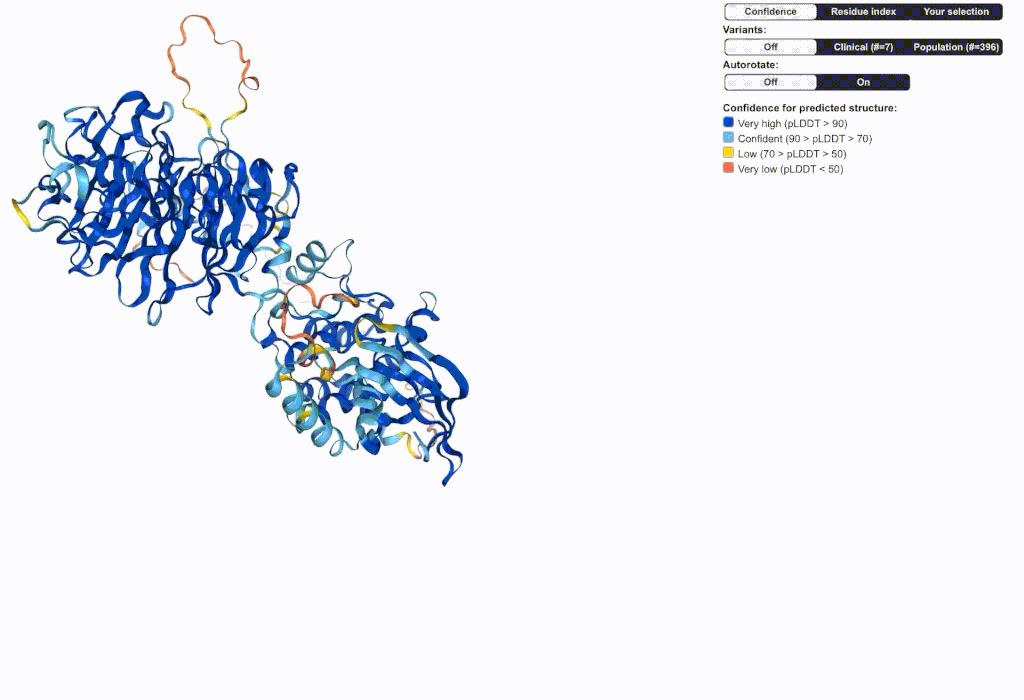
While conventional fossil research focuses on bones, paleo proteomics examining ancient proteins alters the field of study. Unlike delicate DNA, proteins like collagen last longer and provide glimpses of biological events.
- SEM, or scanning electron microscopy, shows microstructures like cells.
- Mass spectrometry finds protein fragments even in degraded materials.
- Confirms the presence of particular biomolecules by immunological tests.
These techniques identified proteins in the Telmatosaurus study that might enable human medicine to be derived from knowledge of how dinosaurs managed cancer risk.
Why Soft Tissue Preservation Is Crucial
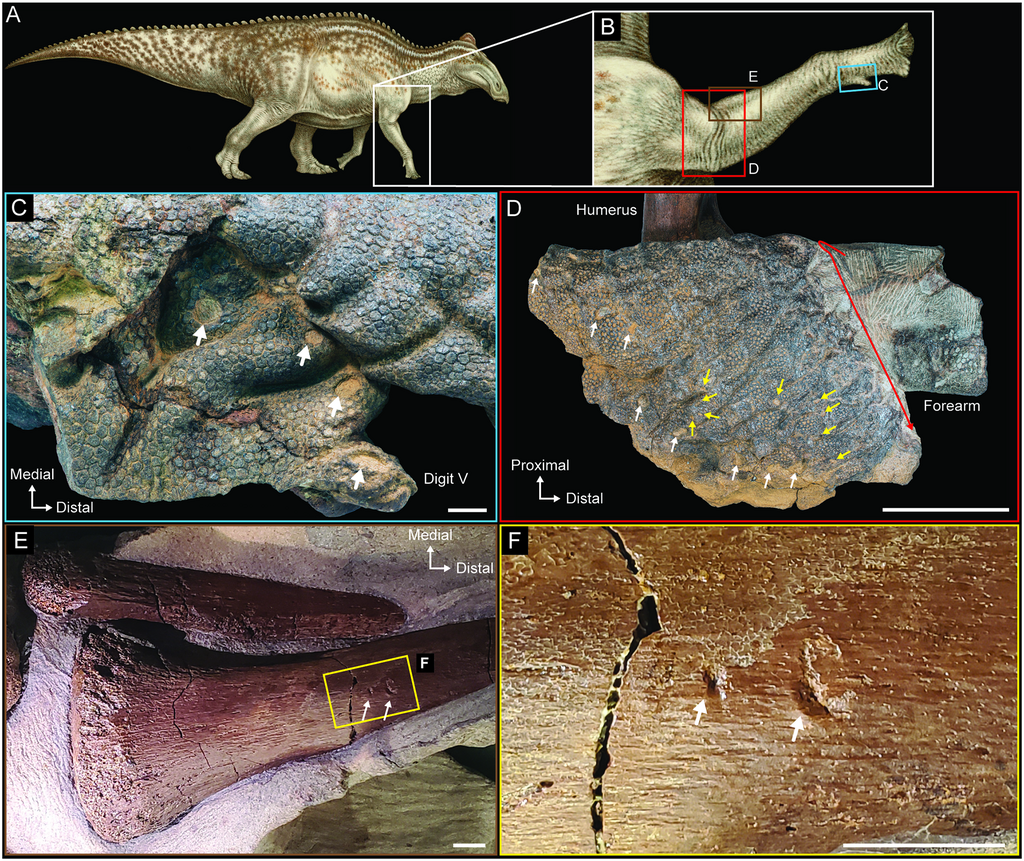
Though soft tissues are biological gold mines, most fossil collections give skeleton top priority. The writers of the study contend that museums and researchers have to rethink their preservation plans:
- Like micro-CT scans, non-destructive imaging can spot soft tissue before extraction.
- Specialized storage that is, oxygen-free settings may slow down protein breakdown.
“Future breakthroughs depend on fossils we preserve today,” lead author Justin Stebbing notes. We run the danger of losing unique molecular data without proactive conservation.
From Dinosaurs to Humans: The Cancer Connection
Knowing dinosaur cancer could change oncology not only theoretically but also practically. Comparatively analyzing ancient and modern tumors could help researchers find:
- Evolutionary trade-offs: How big animals prevent cancer despite having lots of cells?
- Dinosaur proteins may expose lost tumor-suppression channels, forgotten defense mechanisms.
- Environmental perspectives: Has diet or Mesozoic toxins affected cancer rates?
As Stebbing says: “We’re piecing together a 70-million-year-old jigsaw that could save lives.”
The Future: A New Era of Fossil Medicine?
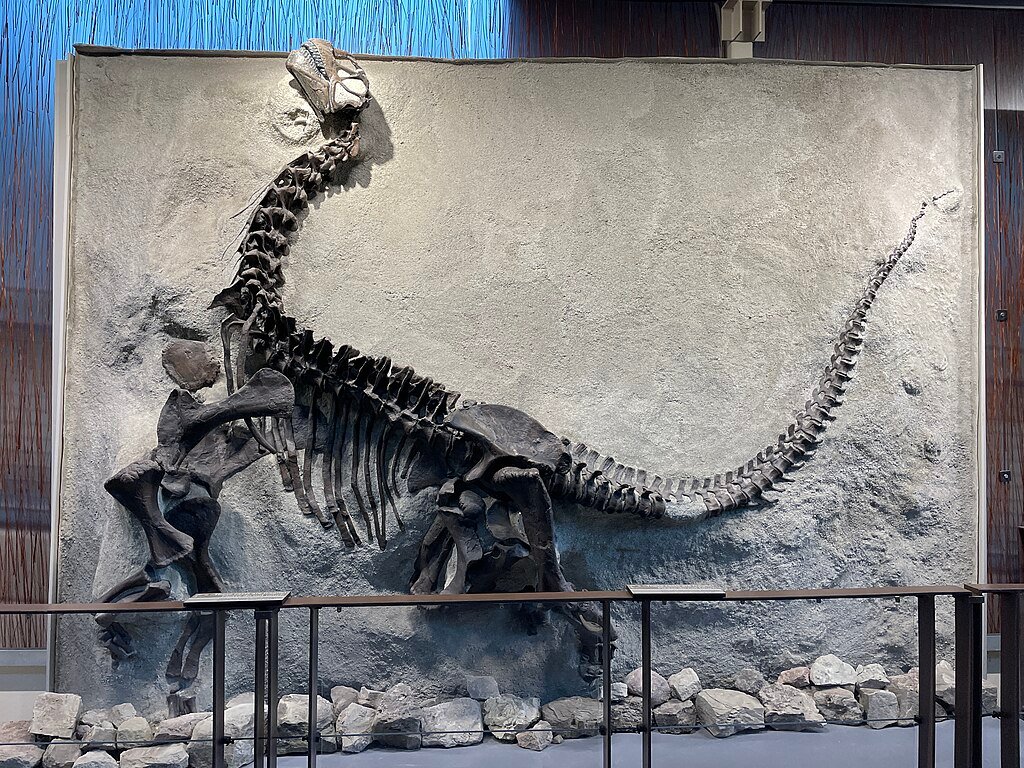
This study marks only the start. Future actions comprise:
- Building paleo proteomic databases to contrast human and dinosaur tumors.
- Searching especially in underrepresented species for more soft-tissue fossils.
- Testing ancient-inspired treatments in concert with oncologists.
Who would have imagined that species extinct for millennia might hold the secret to curing cancer? Dinosaurs could become unusual allies in mankind’s oldest struggle as science links medicine with paleontology.
Final Thought
When you next view a dinosaur skeleton in a museum, examine closely. Perhaps the secrets to a better future lie buried in those old bones.
Sources:

Jan loves Wildlife and Animals and is one of the founders of Animals Around The Globe. He holds an MSc in Finance & Economics and is a passionate PADI Open Water Diver. His favorite animals are Mountain Gorillas, Tigers, and Great White Sharks. He lived in South Africa, Germany, the USA, Ireland, Italy, China, and Australia. Before AATG, Jan worked for Google, Axel Springer, BMW and others.

